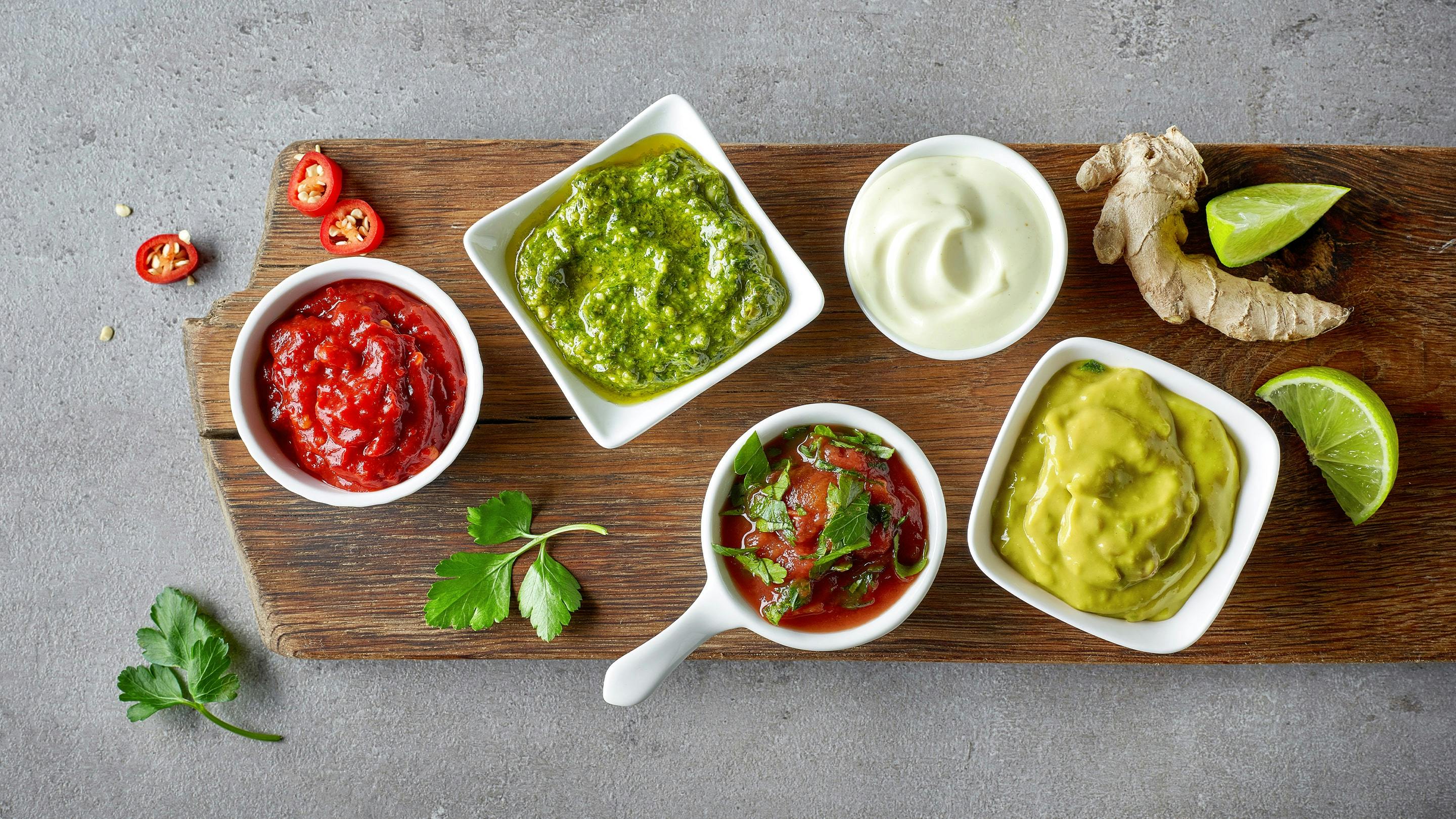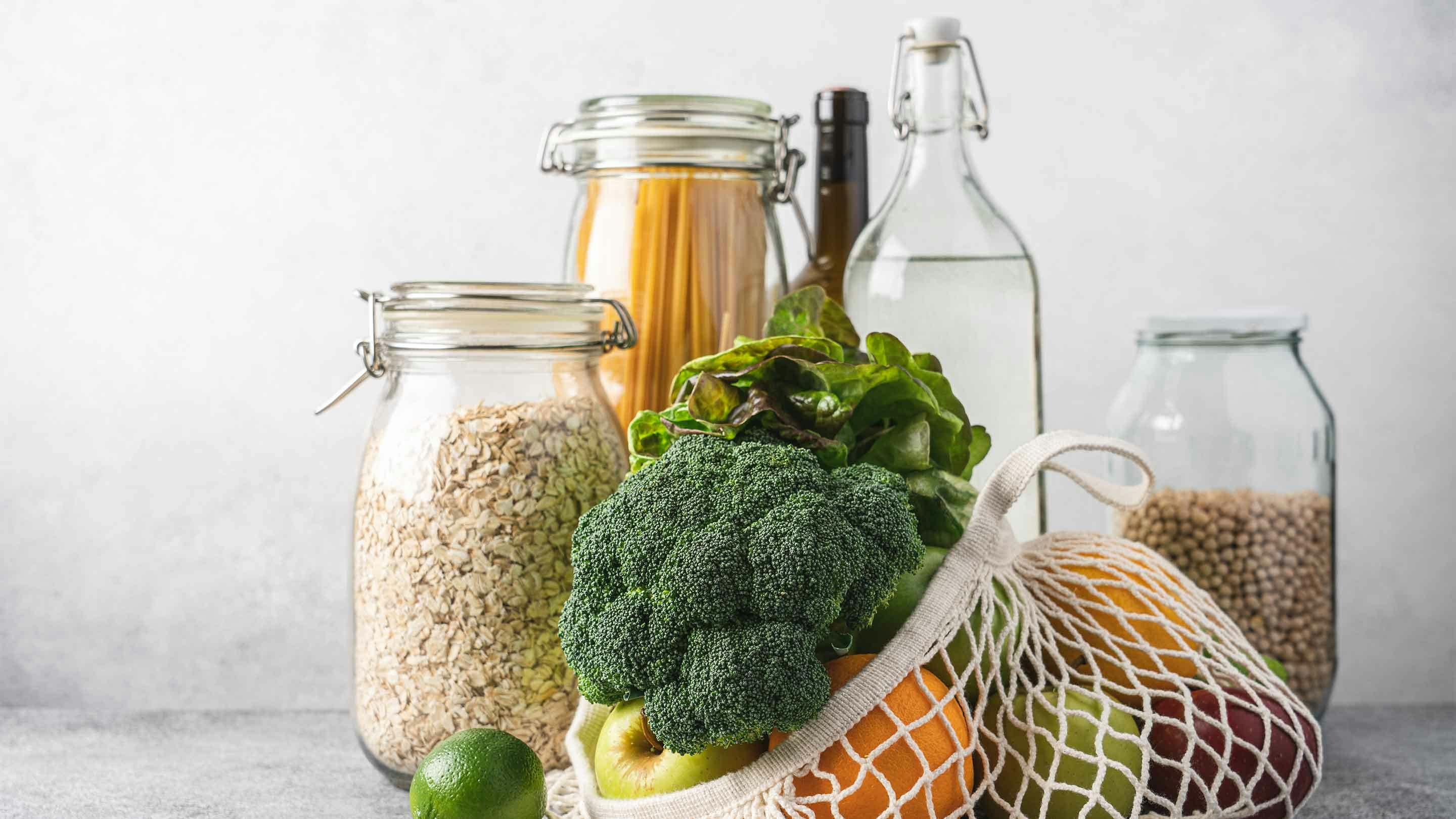Genuss ohne Fleisch
Entdecke unsere neue Produktreihe No Need For Meat und lass dich inspirieren!
The soya bean is probably one of the most versatile and popular legumes in the world - but there are also numerous myths surrounding it. We get to the bottom of the matter.
It is the basis of many dishes, and it is hard to imagine vegan cuisine without it. Soya and its protein also play an important role in our new No Need For Meat product range.
We have decided to use soya for our ready mixes for many good reasons. On the one hand because soya is a more sustainable and environmentally friendly alternative to other protein sources under the right cultivation conditions, and on the other hand because its nutritional values are also convincing: soya protein is considered a “complete” protein, i.e. it contains all the essential amino acids that the body cannot produce itself. This makes soya an extremely beneficial source of protein that is both satiating and energising.
But now it’s time to delve a little deeper. We have selected four prominent soya myths and investigated how much truth there is in them.
Myth 1: Are all soya beans genetically modified?
In a nutshell: Of course not. This rumour was spread very early on. Probably at a time when genetic engineering was not yet being scrutinised as much worldwide. In the early 1990s, soya beans began to be modified in a way that made them more resistant to pests. Not much later, however, the process of rethinking began – especially in Europe.
The European Union is the most advanced in terms of freedom from genetic modification and therefore the strictest: here, not a single soya bean may be of genetically modified origin, which is ensured by high ecological and social control requirements. As we only source soya for No Need For Meat from EU countries, including Austria depending on the harvest season, we can guarantee that it is 100% certified GMO-free. The quality of soya is therefore always a question of origin.
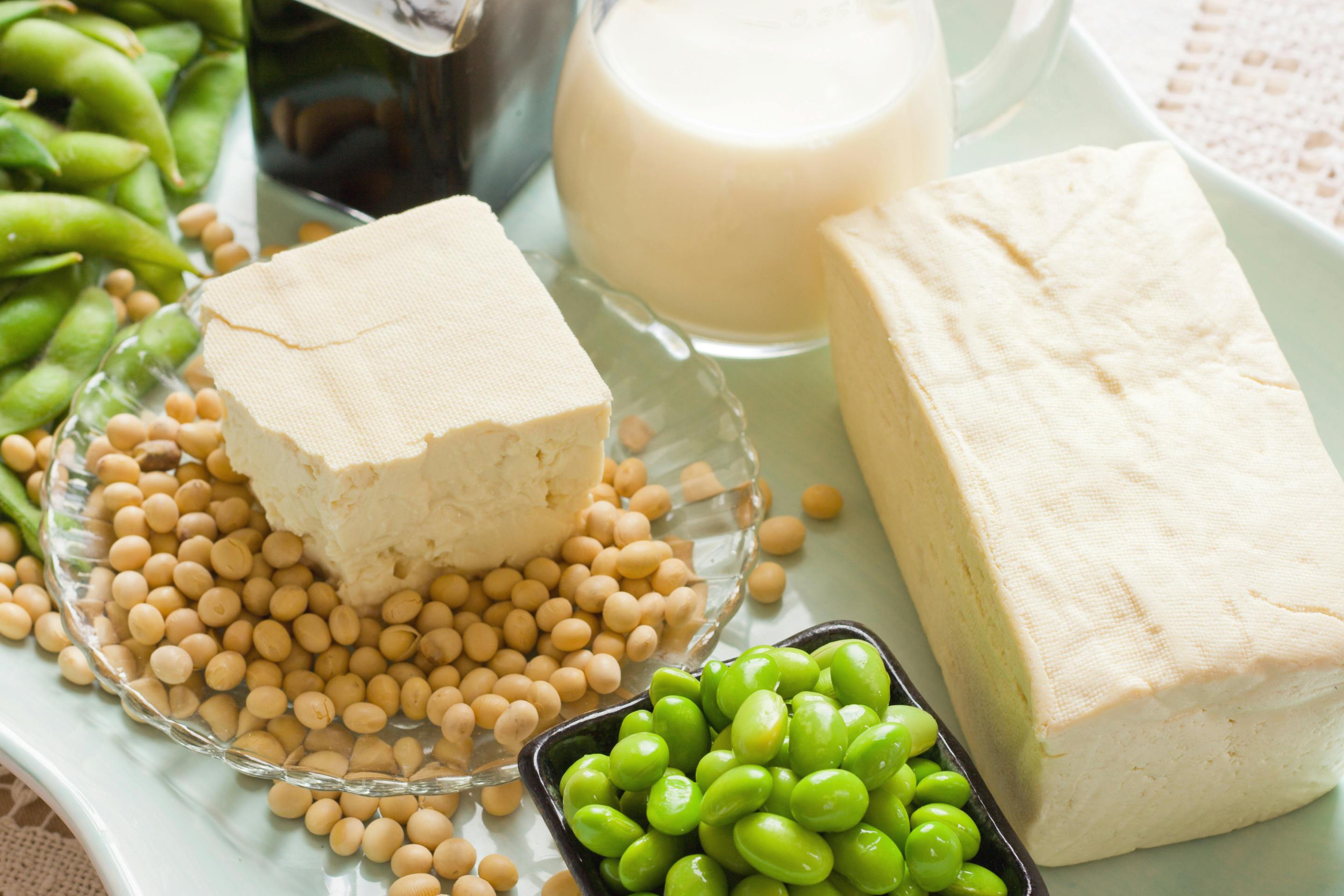
Myth 2: Are isoflavones in soya beans similar to oestrogen?
Yes, they are similar to oestrogen. Nevertheless, keep reading: When the topic of soya is discussed, the term “isoflavones” is usually mentioned quite quickly. Isoflavones are secondary plant substances found in soya beans, red clover, lentils and chickpeas. In terms of structure, they are very similar to oestrogen, the female sex hormone, and are therefore also known as phytoestrogens. They dock onto the regulating oestrogen receptor and therefore support its cell-protecting function.
However, the oestrogenic effect is extremely weak – the effect of isoflavones is roughly equivalent to one thousandth of the body’s own oestrogen.
Myth 3: Will you upset your hormone levels if you eat soya?
First of all: No, soya does not upset hormone levels.
As we have already described in the second myth, soya contains isoflavones, which are very similar in structure to oestrogen. However, the effect of isoflavones is very, very small and amounts to about one thousandth of that of the body’s own oestrogen. It can therefore be said that soya isoflavones have no influence whatsoever on the hormone balance – neither on testosterone nor oestrogen levels.
This myth persists in the social media environment, but almost everyone in the field of medical studies agrees: the effect of isoflavones is so small that you would have to consume excessive amounts of soya to trigger a small change in hormone levels. And nobody is that hungry.
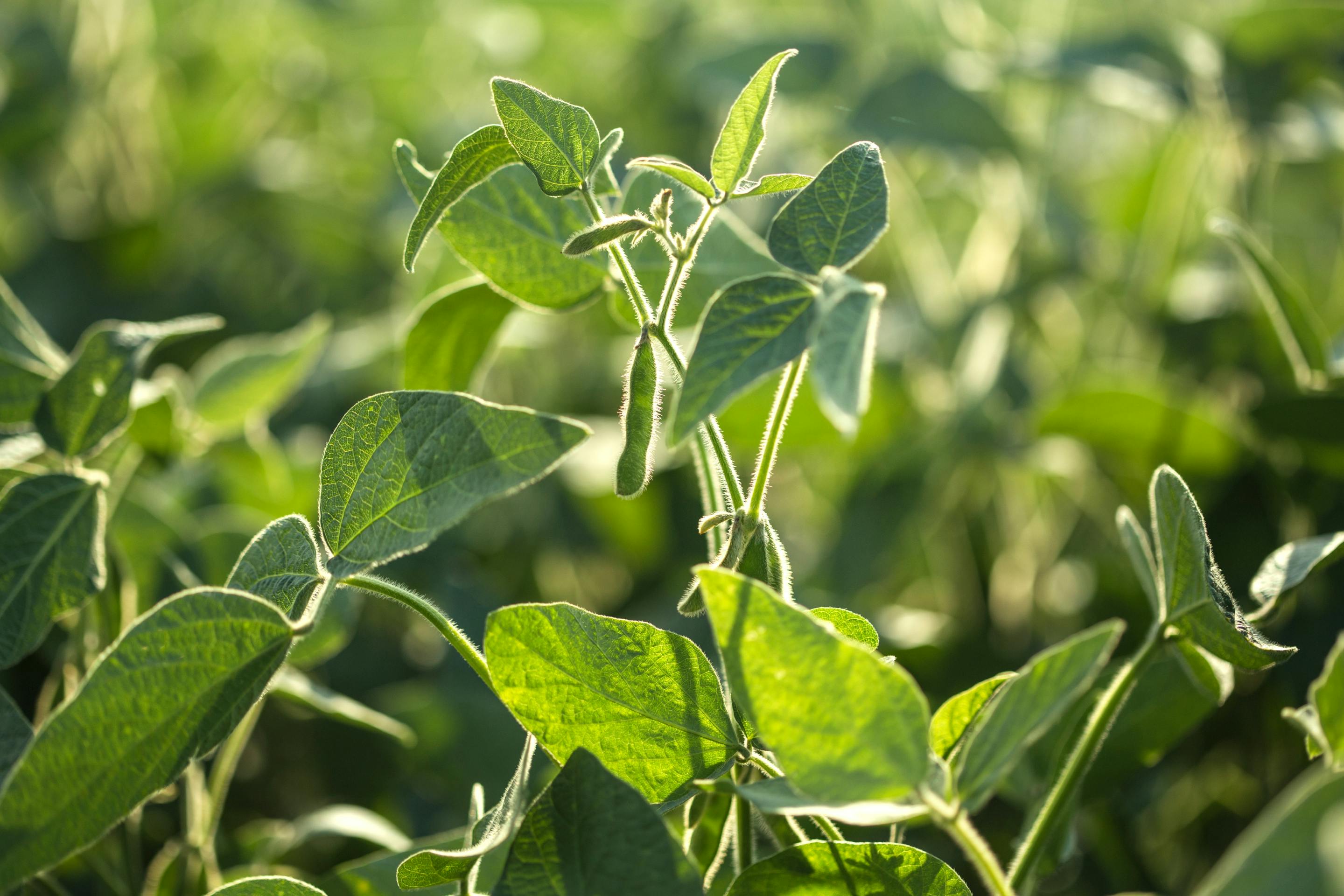
Myth 4: Can eating soya be good for the body?
Yes, absolutely. Even if the effect is only weak, the isoflavones contained in soya have a cell-protecting effect. This is why adults are generally recommended to consume two to three portions of soya per day (for example, a quarter of a litre of soya drink or 100 grams of tofu).
Even if you consume less soya, the legume is of great benefit as part of a balanced diet. Even for children, who should consume up to two portions of soya per day, taking into account their maximum isoflavone intake.
In addition to the isoflavones, soya beans are also notable for their high content of omega-3 fatty acids. And these have a long list of potential health benefits.
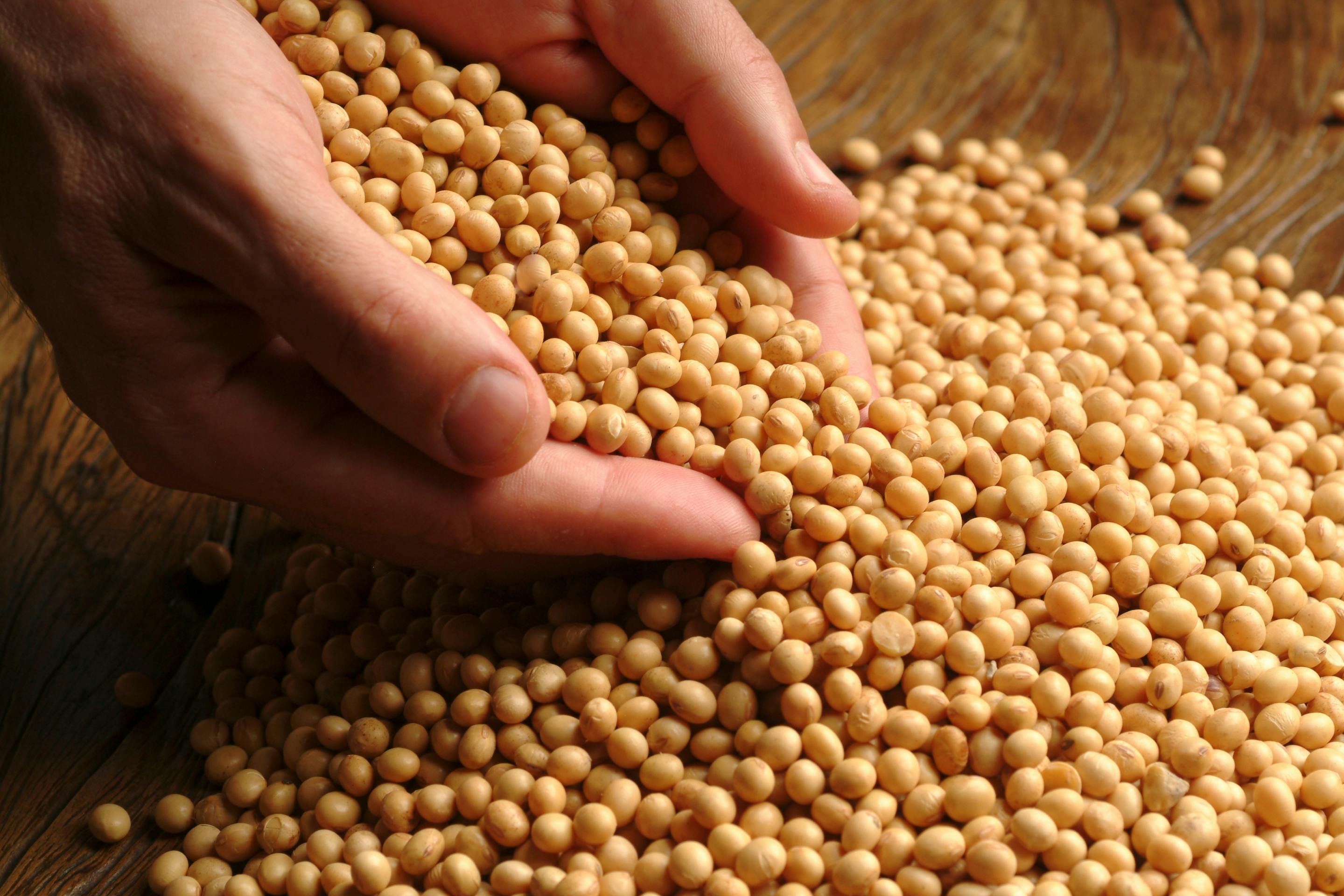
title
Our conclusion: High-quality soya, as we use it for No Need For Meat, has been proven to be safe for men and women. In fact, it can also have very positive effects, promote cell renewal and, thanks to the valuable proteins, not only fuel your body, but also energise it. And last but not least, it also tastes delicious – especially when combined with the finest spices and herbs from Kotányi.
Spice up the web! Share this article on...
Read more
Currently Viewing: 1 of


